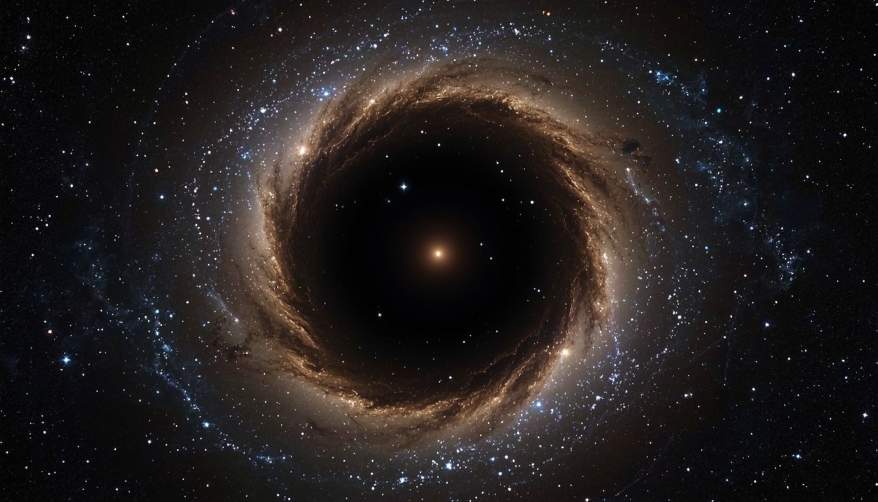RAD@home: Rare Cosmic Radio Rings Expanding Universe Views
Rare Extragalactic Radio Structures Discovered by RAD@home
Remarkable discoveries in outer space have just been made by a group called RAD@home, a citizen science research collaboratory, who study radio waves emitted from deep space. Using detailed maps from advanced telescopes, they found three extraordinary radio sources. Thus, these include the first clear Odd Radio Circle (ORC) detected by the Low Frequency Array (LoFAR) Two-metre Sky Survey (LoTSS), along with two giant radio galaxies with unusual ring formations.
The First Odd Radio Circle: A Cosmic Ring in Space
The ORC discovered, named RAD J131346.9+500320, is huge — about 300,000 light-years across. It sits very far away at a redshift of around 0.94. It features two intersecting rings surrounded by faint emission stretching even further. This makes it one of the most powerful and distant ORCs ever found. Scientists think its glowing rings come from relic synchrotron radiation. This phenomenon occurs when electrons spiral through magnetic fields at nearly light speed.
Giant Radio Galaxies with Unique Rings
The other two objects are enormous radio galaxies, nearly 865,000 and 440,000 light-years wide, respectively. Moreover, their jets — streams of charged particles shooting out from supermassive black holes — show strange bending and ring-like structures at their ends or along filaments. Furthermore, these rings provide hints about how environmental factors like dense clusters or interactions with nearby galaxies can reshape these cosmic structures.
The Importance of Human Eyes in Astronomy Today
This research highlights that, even with powerful automated data processing systems used by modern telescopes like LoFAR or GMRT, human pattern recognition remains essential. In fact, the human brain can identify unusual shapes like these ORCs and ringed galaxies among millions of sources. Moreover, this is important as computer algorithms may miss them.
The New Faces of Cosmic Radio Emission
This citizen science discovery broadens our understanding of cosmic radio morphologies. We move beyond simple linear jets to include complex shapes. Thus, these show the dynamic interactions between galaxies and their surroundings over hundreds of thousands of light-years.
Reference:
Hota, A., Pratik Dabhade, Machado, P., Das, J., Muley, A., & Purohit, A. (2025). RAD@home discovery of extragalactic radio rings and odd radio circles: clues to their origins. Monthly Notices of the Royal Astronomical Society, 543(2), 1048–1057. https://doi.org/10.1093/mnras/staf1531
Additionally, to stay updated with the latest developments in STEM research, visit ENTECH Online. Basically, this is our digital magazine for science, technology, engineering, and mathematics. Further, at ENTECH Online, you’ll find a wealth of information.


